Offense and Defense Define Air Force Cyber Work With Industry
Maj. Gen. Burke Edwin Wilson, USAF, commander, 24th Air Force and Air Forces Cyber, offers that the 24th is working with industry "on a plethora of capabilities." At the top of the list are defensive capabilities, particularly counter-reconnaissance for determining the threats that are coming at Air Force cyber.
Maj. Gen. Burke Edwin Wilson, USAF, commander, 24th Air Force and Air Forces Cyber, offers that the 24th is working with industry “on a plethora of capabilities.” At the top of the list are defensive capabilities, particularly counter-reconnaissance for determining the threats that are coming at Air Force cyber. These include intrusion detection and protection systems, which would be especially useful for meeting the service’s critical infrastructure cyber challenge, he says.
The Air Force is experiencing significant growth in offensive cyber operations, he adds. The service wants to be able to conduct these offensive operations globally.
A high demand has emerged for cyberspace intelligence, surveillance and reconnaissance (ISR) and situational awareness tools. These are needed to help the Air Force visualize the cyber environment, the general emphasizes. This encompasses indications and warnings about cyber adversaries both outside the network trying to intrude and within the network already conducting operations. Also, the service needs to be able to extend the network into tactical environments with high resiliency, as it is beginning to see threats directed at tactical capabilities, he adds.
Cyberspace command and control is a relatively new area, and the Air Force requires the ability to direct maneuver elements in cyberspace. Again, the service needs to be able to visualize the realm and command and control its elements on a global scale, Gen. Wilson says.
Live virtual constructive environments in cyberspace also are on the commander’s wish list—in particular, how to conduct them. “We need to exercise, train and build up the readiness of our forces, and we’re not going to be able to do that on our traditional systems,” he says. “[If] we’re going to integrate into those combat operations, from a cyberspace domain perspective, how do we provide live virtual constructive environments in an effective manner?”
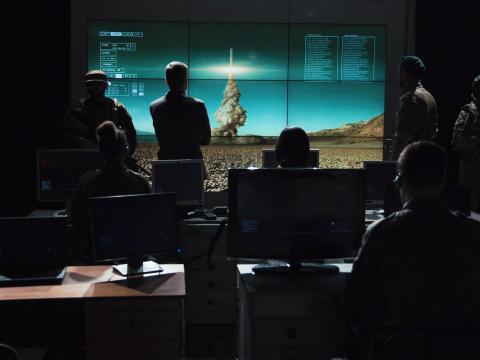
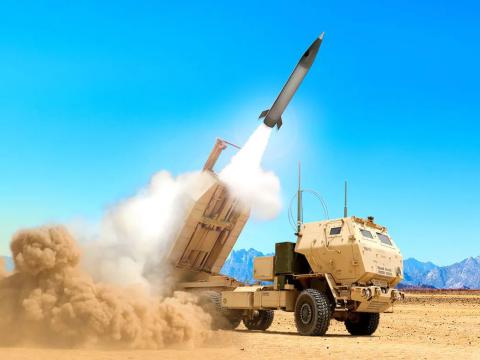

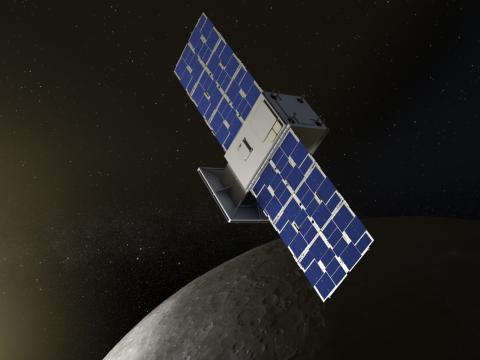
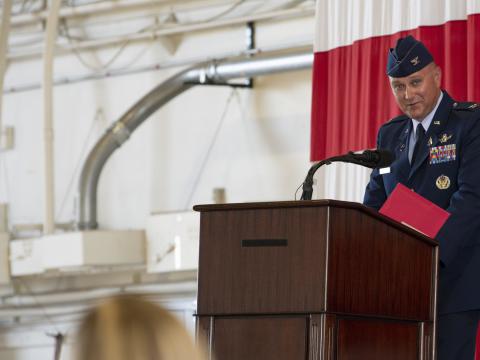

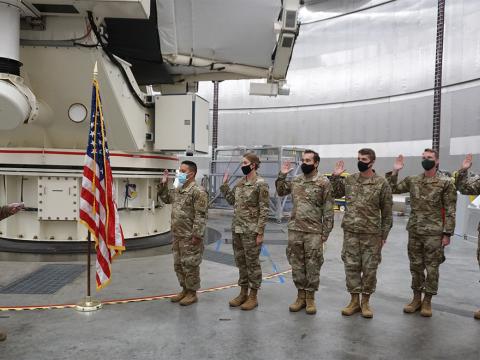
Comments